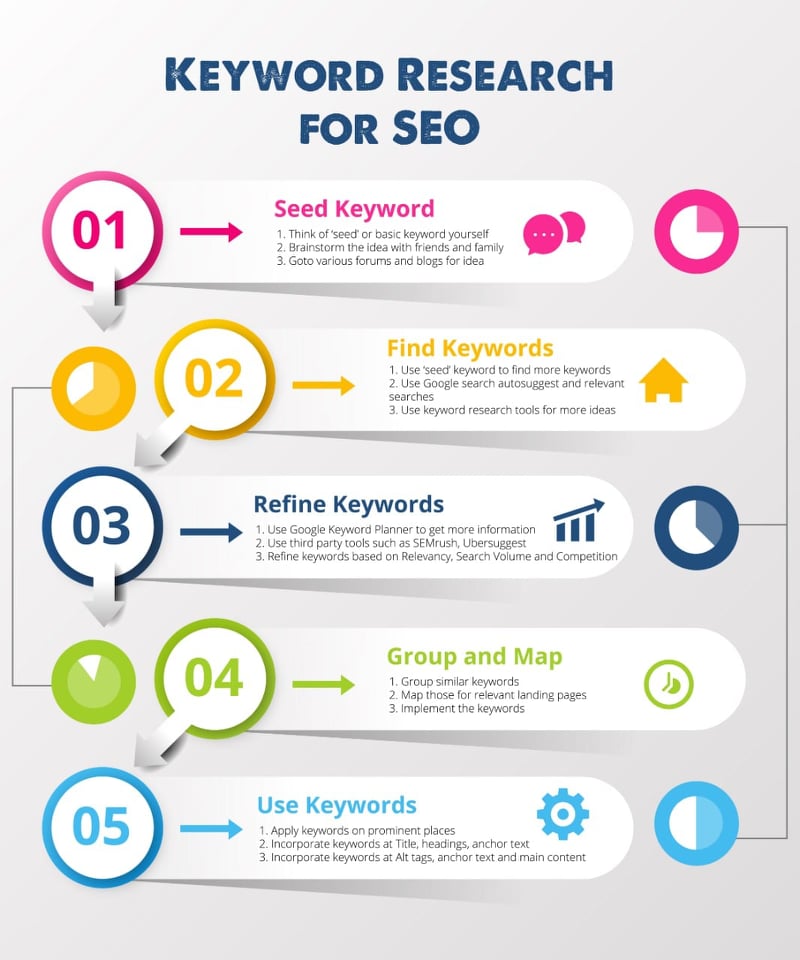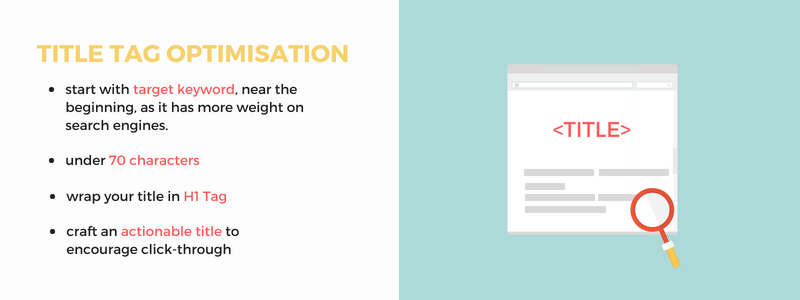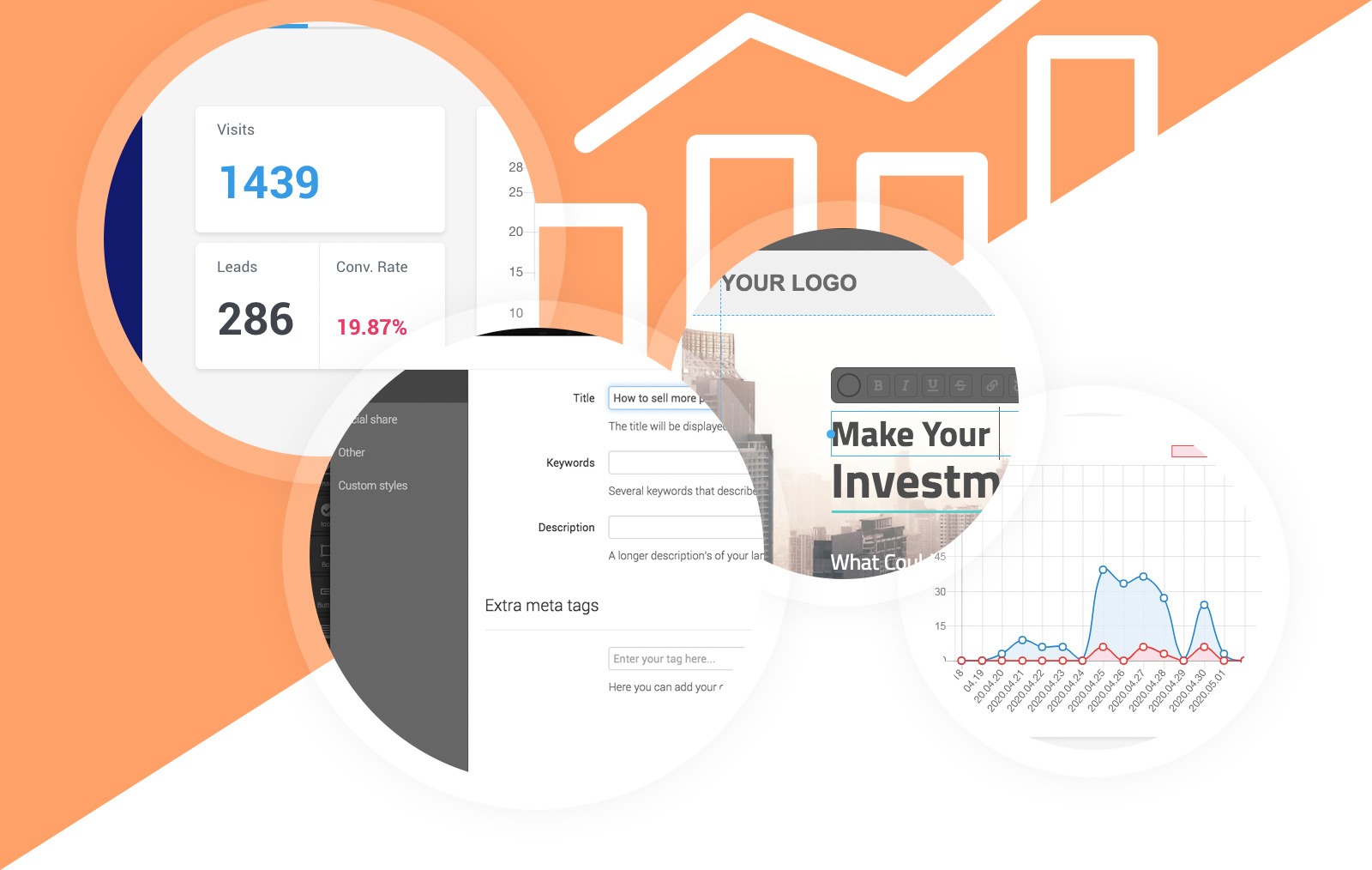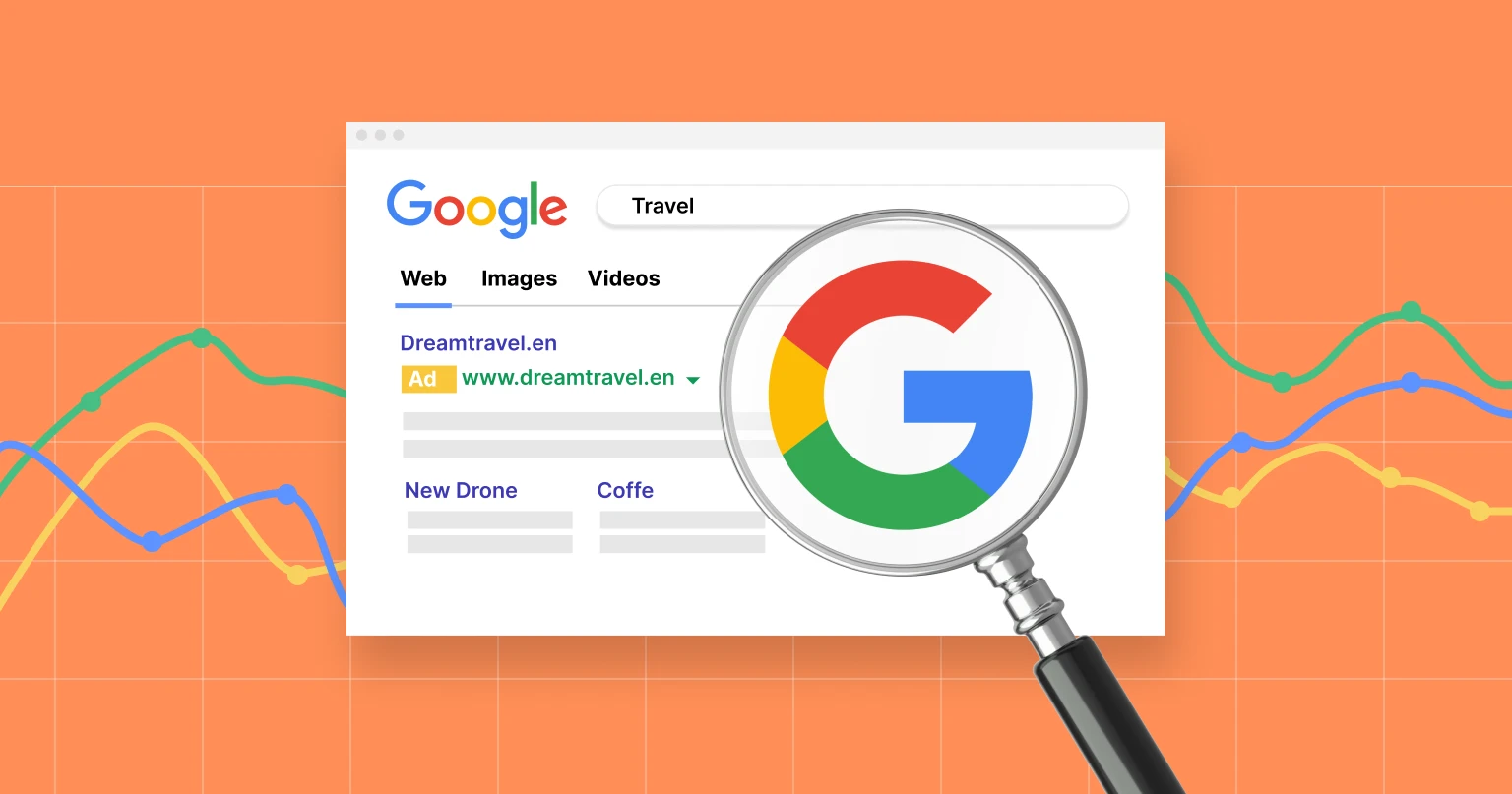Should landing pages be SEO friendly?
This seemingly innocent question frequently turns out to be the bone of contention among digital marketing gurus.
Some claim that landing pages are created strictly for promotional and advertising purposes, and that the traffic should be directed to them by marketing campaigns (not by organic search where SEO is an important factor). The opponents of the first approach say that SEO may improve landing pages’ performance and make it easier for you to attract new customers if you optimize your site.
So, who is right and what is the truth?
As usually, the truth is in the middle. Not every landing page has to be SEO friendly, as I will try to explain in this article. However, if you plan to use your page in a long-term campaign, or during a specific season (like winter holidays), you definitely should take SEO into account.
Let’s now move on to the landing page SEO best practices. What should you focus on if you decide to turn your page SEO friendly?
1# Know your keywords
Before you kick off with implementing SEO best practices for your landing page, you first need to find out which keywords will be the most valuable and relevant ones.

First, try to come up with some that will describe your landing page or its content most properly. Try to come up with a few examples. Also, before moving straight to a keywords finder tool, try to google them by yourself to see what shows up.
Once you do it, you will see which websites are already aligned with certain keywords, and what the articles published on them are about. You may not only check out what your competitors focus on, but also easily obtain new ideas for keywords that you can take advantage of. It will allow you to reassess your chosen keywords – you may come across a few more relevant and effective options.
What is more, once you type in your ideas, a search engine will suggest to you a short list of similar phrases (based on what Internet users have been searching for). These suggestions can also act in your favour, and help you discover more powerful keywords to use.
Now it’s about time to make use of a keywords finder tool (you will find the most useful ones described in our marketing software list), and check the keywords listed. You will obtain more suggestions, and verify the effectiveness of each of them.
When you are done with the analysis of the results, you should decide on the most suitable keywords. Pick up the primary one and a few additionals that will support the main phrase. You should use them in the article’s title, headline, description, landing page copy, or even image captions. Make a well-thought decision, so that you don’t struggle with placing the phrase in your text afterwards.
2# Stand out with your title
According to Interactive Marketing Inc, “you only have 8 seconds to make an impression on a landing page”. Therefore, you should take the best out of these seconds, and instantly grab the visitors’ attention.
Write a powerful and eye-catching title with your main keyword (and additional ones, if possible) included. I know it’s easier said than done, but once you make your title interesting and out-of-the-box, you will easily attract visitors to read more.
Remember not to fixate exclusively on the main keyword, as the purpose of the title is to describe what your landing page is all about, and sometimes it may be more natural and beneficial to use a less promising additional keyword.

3# Take care of your headline and description
Headlines are treated by search engines as particularly relevant. In other words, you should also try to use your main keyword in them, as it will easily drive the most valuable organic traffic to your landing page.
A pro tip is to always put the headline in the H1 HTML tag, and to remember that one site = one primary headline.
When it comes to the description, it should work as a detailed prolongation of your headline, and consist of both the main keyword and the additional ones.
4# Make your images SEO friendly
Images are an integral part of every landing page, as they guarantee that it is visually stunning and appealing for users. As such, they should also be SEO friendly.
Generally, search engines have difficulty recognizing images, so try to help them by adding alt attributes of IMG HTML tag. It should describe what a given image represents, and work as a label for every visual on your landing page. In this case, it is also recommended to add your main keyword to the tag, if possible.
5# Tune up your URL
Your landing page URL should also contain a powerful keyword in order for it to be alluring to search engines. Once you put your main one or additional ones into URL, you can provide search engines with an additional reason to rank you higher.
Still, try not to make it too longish or spammy, as it may result in a poor user experience.
6# Optimise your landing page copy
The main function of a landing page copy is to impose action. Therefore, it should be user-focused and informative, but it is also recommended to incorporate your primary and additional keywords into the text.
Try to inflect them, or even scatter (if they are phrases), providing it will look better. Bots may not understand concepts and ideas behind the text, but they will take into consideration the words you use to operate. Therefore, give them a little hint who they should direct to your landing page with incorporating into the text your primary and additional keywords as it will facilitate you to reach the people who may be interested in your offer.
7# Polish up your landing page design
SEO friendly landing page design is all about implementing a hierarchical structure. On the top is your headline H1, of course, but you can also make use of H2 or even H3, and title specific sections accordingly. Although H1 is the most crucial one, H2 and H3 are important to search engines as well.
Try to design your landing page in a way that allows you to divide it into logical sections with all sorts of headings. If you use a high quality landing page builder in order to design your landing page, it will assist you in optimizing the structure.
8# Make your landing page content shareable
Social media mentions influence SEO friendliness, so you should make your landing page content shareable, and encourage your visitors to do so.
Besides creating interesting and meaningful content, you should also facilitate its sharing by adding appropriate buttons and placing them in visible places.
Once people share your landing page on their social media, you get the chance to improve your promotion performance, and reach a wider audience.
9# Make it more specific than generic
No one truly knows, which factors are taken into consideration while ranking results in search engines. Nevertheless, it is said that Google’s algorithms put the intention of search before other factors.
Usually, it is recommended to center around less searched but more relevant keywords in order to allow the right users to find the right content. You should not fixate yourself on volume. The more general phrase, the more results, so it’s better to aim at more niche-like keywords.
10# Make it all consistent
Using the main keyword in title, heading, URL and adding more of them in the description and landing page copy is one thing. What is more important is to make your landing page authentic and user-friendly.
A significant number of business owners fixate on making websites just SEO friendly, which they do recklessly, turning the outcome quite off-putting and fake. Use the keywords wisely, and remember that end users who view your landing page may soon be your potential customers. And you should present them with a friendly-looking landing page, not just a keywords-packed one.







